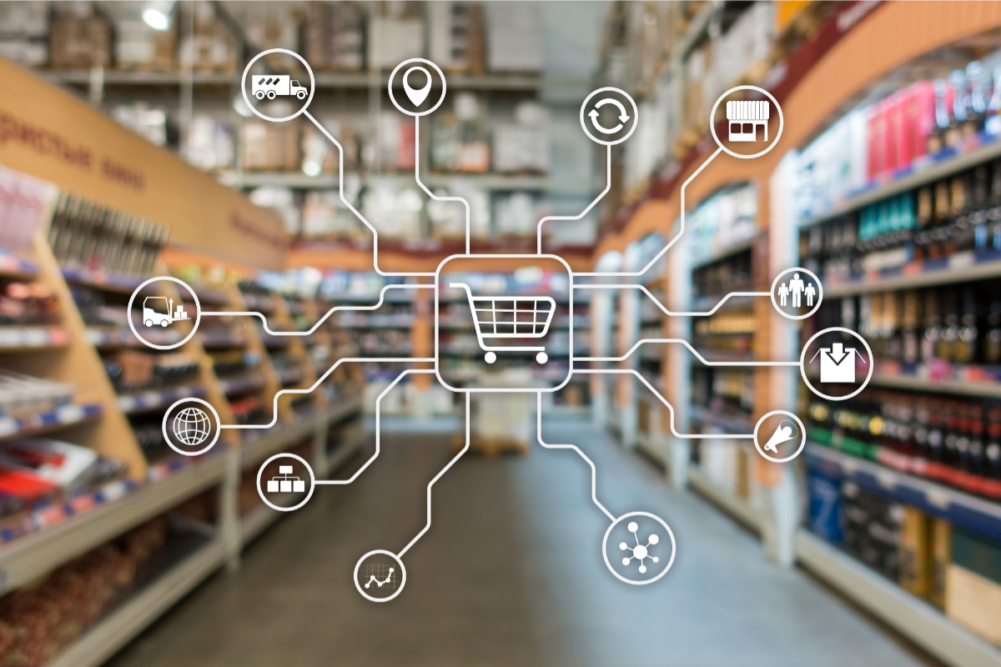NEW YORK - From 2019 to 2020 total online grocery spending increased by 133% as shoppers learned how to navigate online versus instore shopping during the pandemic, according to a new report released by 1010Data.
The data analyst company's State of Grocery Report: How Omnichannel Became A Reality In 2020 study examines the changes catalyzed by pandemic shopping patterns in 2020 and makes the case for which shifts are here to stay.
Due to the pandemic, issues like safety, availability and convenience were at the top of shopper’s minds. By the end of April 2020, online sales were capturing 15% of total grocery sales, with buy online and pick up instore (BOPIS) and delivery services exploding — BIPOS sales doubled year-over-year and delivery sales tripled. Instacart holds the majority of the online grocery market share (28%) and ended 2020 with a year-over-year growth of 323%.
1010Data’s report highlighted health-centric keywords that online shoppers searched out through 2020:
-
Organic increased by 163%
-
Plant-based increased by 148%
-
Gluten-free increased by 99%
-
Vegan increased by 88%
“Because of the desire to be healthier, we anticipate online sales of fresh/perishable items to continue to grow as more consumers gravitate toward fresher at-home dining options,” the report said.
The meat-alternative category grew the most in 2020 with growth of 189%. Perishable items overall, grew online by 157%.
Convenience also came out as a top purchase driver for shoppers in 2020. While many consumers turned to cooking at home, many also turned toward simple and quick meal options. There was a 121% increase in sales for items containing the words ‘meal kit’ or ‘snack kit’ from 2019 to 2020.
The pandemic also highlighted a growing interest in private-label brands, which grew 203% in online sales year-over-year. Target’s private-label Good & Gather saw the most growth in 2020 clocking an increase of 1588% in sales, followed by Costco’s Kirkland (503%) and Kroger’s Simple Truth (217%).
“Some of the initial growth can be attributed to national brand supply chain issues and pricing factors, but the continued performance could be attributed to preference and accessibility, in addition to economic and employment headwinds combined with political uncertainty,” the report said.
As these trends continue to play out into 2021, 1010Data suggested that retailers embrace new omnichannel shopping habits, invest in expanding fulfillment options and streamlining operations, and share insights with the trading community.
“The ability to identify changes, new trends and key shifts in buying behavior has never been more critical,” the report said. “Having the data and analytics is a challenge requiring machine learning and AI to predict and recommend actions. Putting your plan in motion requires collaboration across the supply chain with internal and external partners to make changes a reality.”

